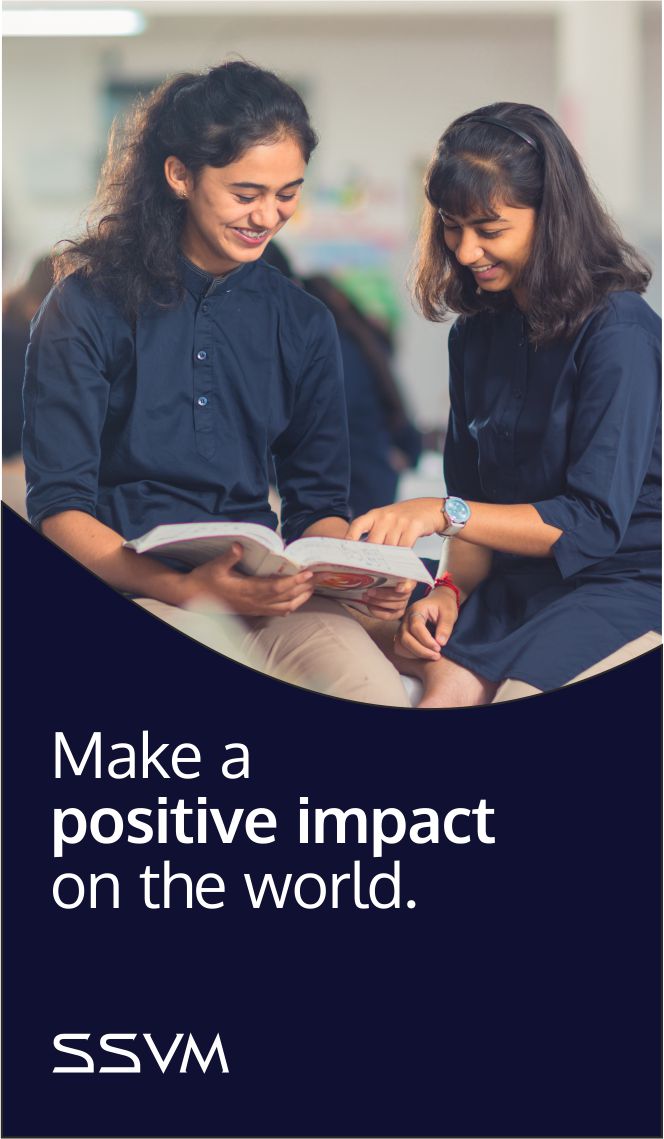The learning journey in a student’s life is an interesting path to their self-discovery. Architecturally, it is supposed to develop intrinsic motivation, natural curiosity, and provide them with tools for success to achieve the desired learning outcomes. However, the real-world scenarios are far removed from the ideal structure of evaluating academic progress today.
Schools were built to recognize the relevance and value of what is being taught. As an institution, it has always aimed at distinguishing between the surface and deep-learning theories. The formalized system of learning today is designed to provide education under the direction of a teacher. In the Indian context, educational institutions are structured around compulsory attendances, minimum scores, and time-based courses dictated by the state or central curriculum. The current system seldom emphasizes self-directed learning without distinguishing between different sets of learner personalities. As a result, students do not always find their unique value in their learning journeys. There is a growing concern on the relevance and authenticity of the operational definition of schools today where the notion of schooling is rapidly shifting to a secondary class environment. Alternative educational pedagogies are taking center stage, focusing on project-based learning alternatives, place-based, and simulated learning environments to demonstrate higher learning alternatives.

It is widely accepted that even in the digital age, children cannot be passive learners. They need a well-rounded immersive exposure that ignites their deep-seated curiosities through a responsible learning curve mechanism. At this juncture, transitioning to space where students are provided with tools for engagement, learning and empowerment is a strategic approach to honing their skills. These engaging classroom sessions spark enthusiasm in students through a variety of techniques that help the below-average cohort gain confidence and the high-achievers to shine brighter. Through advanced techniques and innovative mechanisms, the self-learning model focuses on rewarding effort rather than chasing scores.
By letting them take charge of how they learn, imbibe, execute, and perform through task design and student-led parent conferences finds them in responsible zones of engagement and inquiry. Contrary to earlier psychology, teachers are more forthcoming as they embrace their student’s capacity to learn by giving them equal chances. Instead of fact presentation, students are urged to use scenarios, questions, and problems to arrive at inferences through their own investigative learning methods. In fact, the student-led learning model encourages teachers to experience a dramatic shift in what and how they learn and impart lessons. Unlike the traditional model of the Indian education system, the alternative pedagogies focus on intrinsic motivation to learn and creating life-long, curious, and inspired learners.
Such is the influence of these new-age educational methodologies that teachers enable deeper learning in students by fostering authentic curiosity with a certain degree of autonomy. While they require guidance at every step of learning, students don’t need hand-holding through this journey. Hence, as parents and teachers of the student community, it is imperative that children are empowered and inspired through rightful encouragement and guidance.



